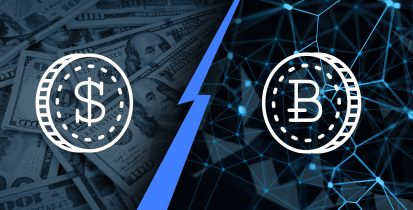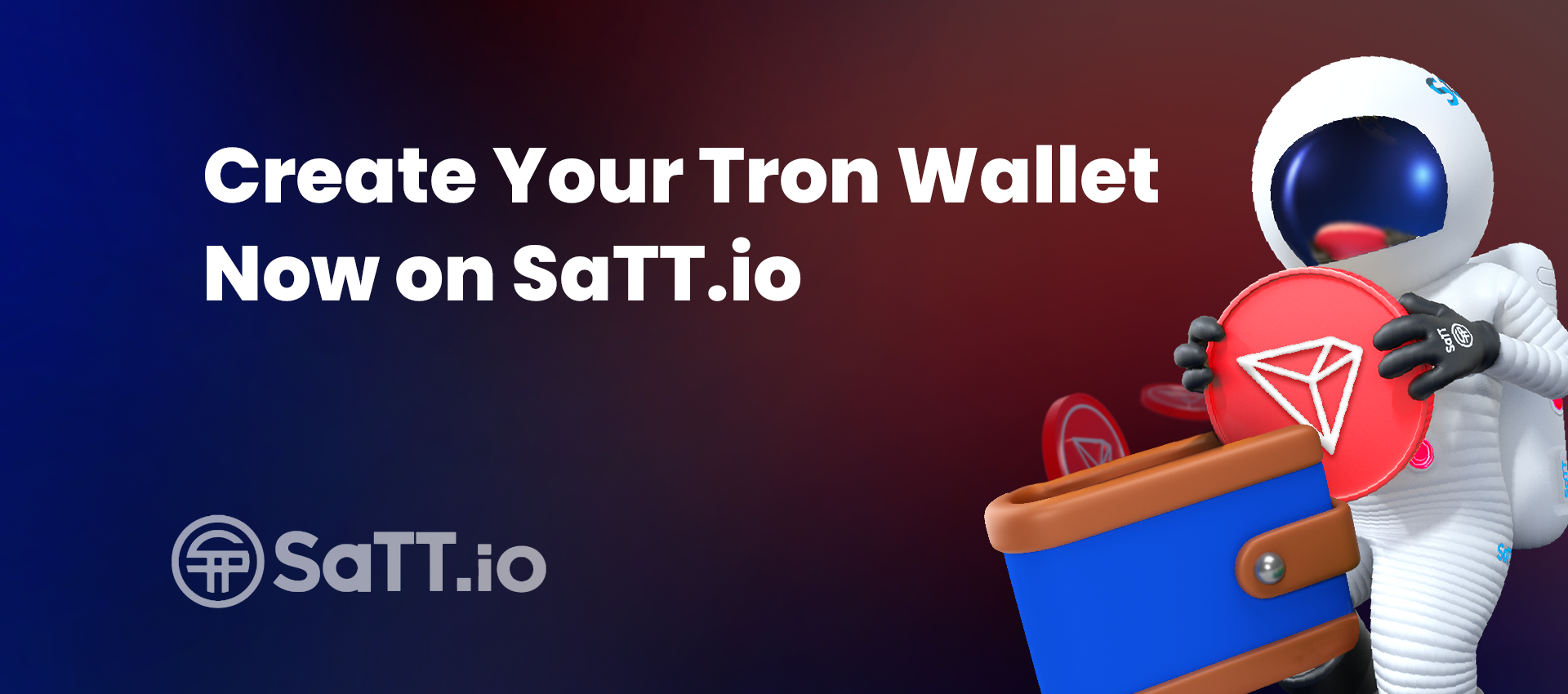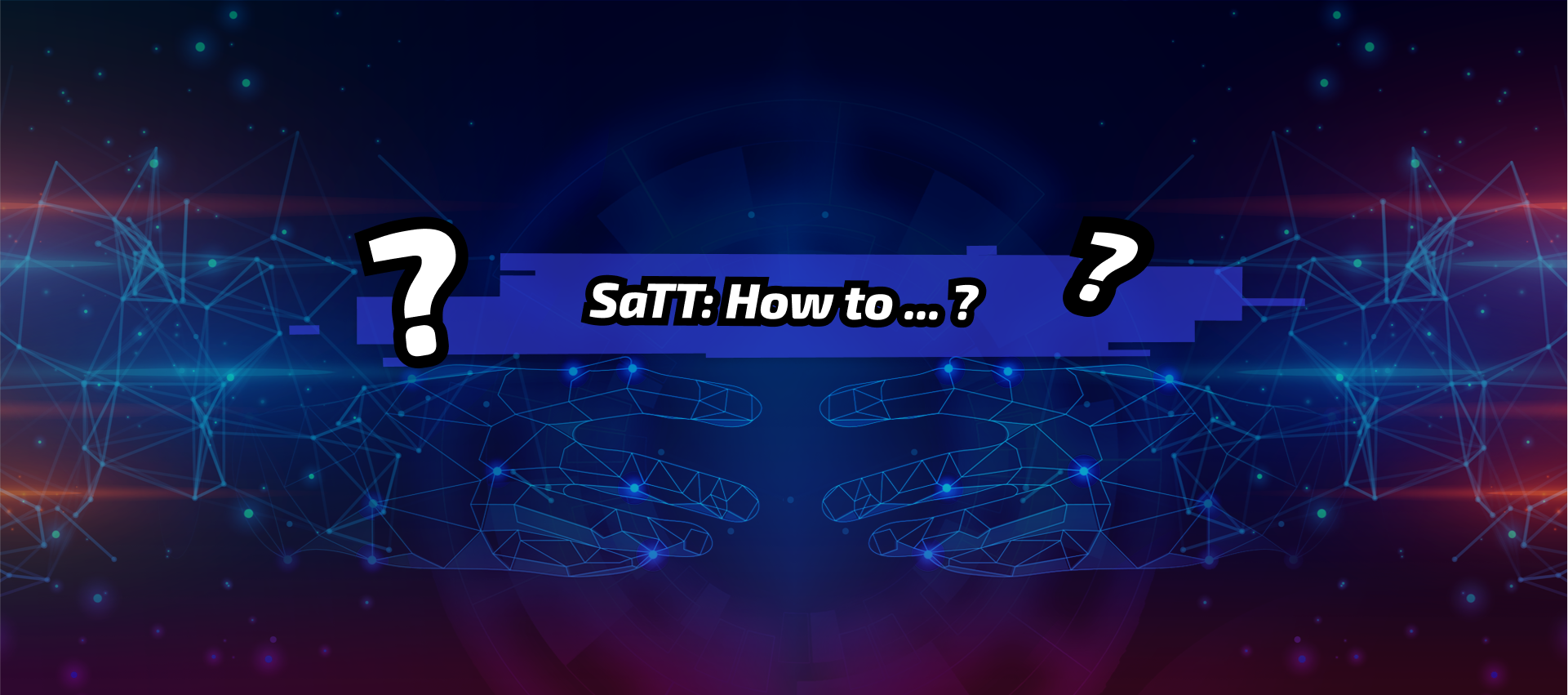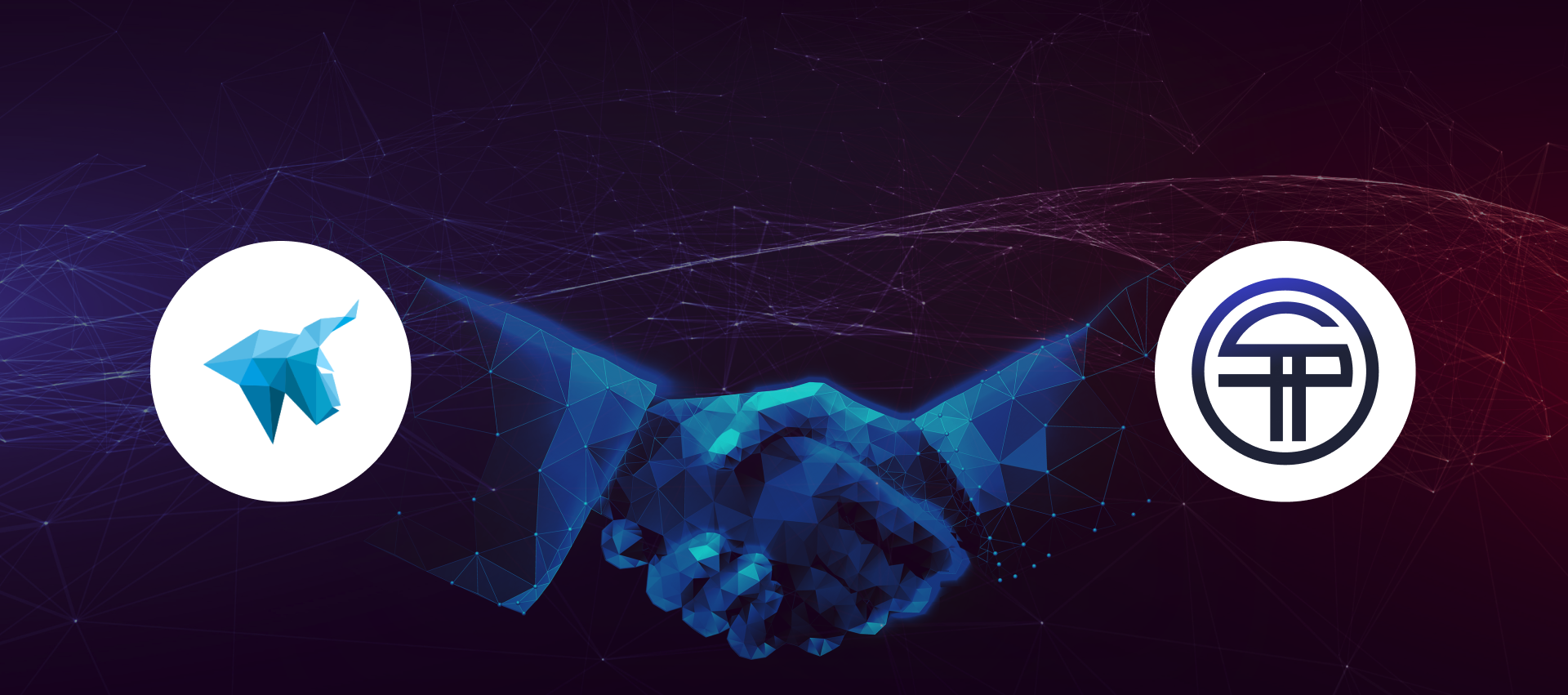
The origins of ICO
In the real world, companies can always secure funds by approaching angel investors and venture capitalists but by doing that, they would have to give away a share of their equity to them. What companies wanted, was to get a lot of funds without giving away equity and ownership. The only way that they could do that was by going public.
The way companies do this is by holding an IPO aka Initial Public Offering. How does an IPO work?
Basically, a private company decides to put up its private shares up for sale to the general public. Anyone and anywhere can buy the shares of the company. Initially, these shares are low-priced and if the company hits it big then there is a chance of your shares rising up to enormous prices. We have all heard stories of the masseuse who became a multi-millionaire after her 500 “useless” stocks in Google matured over time.
So, people started wondering what would happen if we used the same concept and put it on a blockchain based environment. This is how the concept of ICOs was created. They are pretty similar to IPOs but with 3 major differences.
Firstly, the ICO was decentralized with no central authority.
Secondly, they lacked the tedious red tape that most IPOs were bogged down by and finally, they were unregulated while IPOs have always under been heavy regulation.
Now there was a problem that blockchain based companies were facing when it came to ICOs. In an IPO, the investors got shares in return of their investment. What would a blockchain based company give away in exchange of capital? They had to invent the blockchain equivalent of a share.
So they came up with the idea of “Tokens”.
Table of Contents
What is a Token?

An ICO is a mix of an IPO and a crowd-sale. When you are interested in a particular project in the blockchain, the way you can gain access to it is by sending the developing team some amount of money, which is usually paid in Bitcoin or Ethereum and getting the equivalent amount of tokens in return.
Tokens have improved considerably since the advent of Ethereum. It provides a platform where you can use the blockchain technology for making currency and making decentralized applications (DAPPS) as well. If you want to use these DAPPS then you will need the tokens belonging to its respective environment.
How does an ICO work?
So now that you have gotten a crash course on what tokens are and how they work, let’s concentrate on why, for better or for worse, people are calling ICOs the new “Gold Rush”.

A number of millionaires that ICOs have made in the last year or so is staggering.
Over the past 12 months, have raised over $600 million as opposed to $140.30 million by established Venture Capitals. That is a big evolution!
So what is it about ICOs that has attracted so many investors? ICO is the rockstar of the investment world, it is the untamed wild genius wearing a torn t-shirt and baggy jeans, living among a group of suit-wearing snooty businessmen.
There is something extremely attractive about the concept.
Think about this, anyone, with an idea for a project, can gain massive financial backing from a community without being bogged down by politics or endless red tape.

The idea that anyone anywhere can get the financial backing they need in an unregulated manner was a welcome idea for all.
No longer will investments be reserved just for the uber-rich, anyone can gain the funds to make their dreams a reality.





